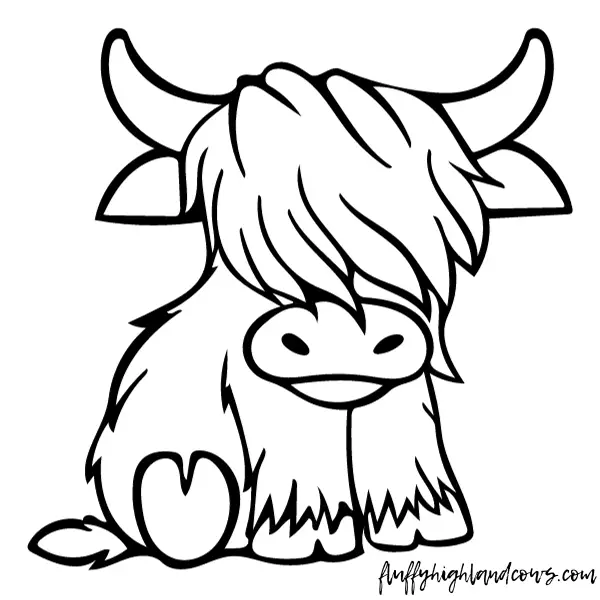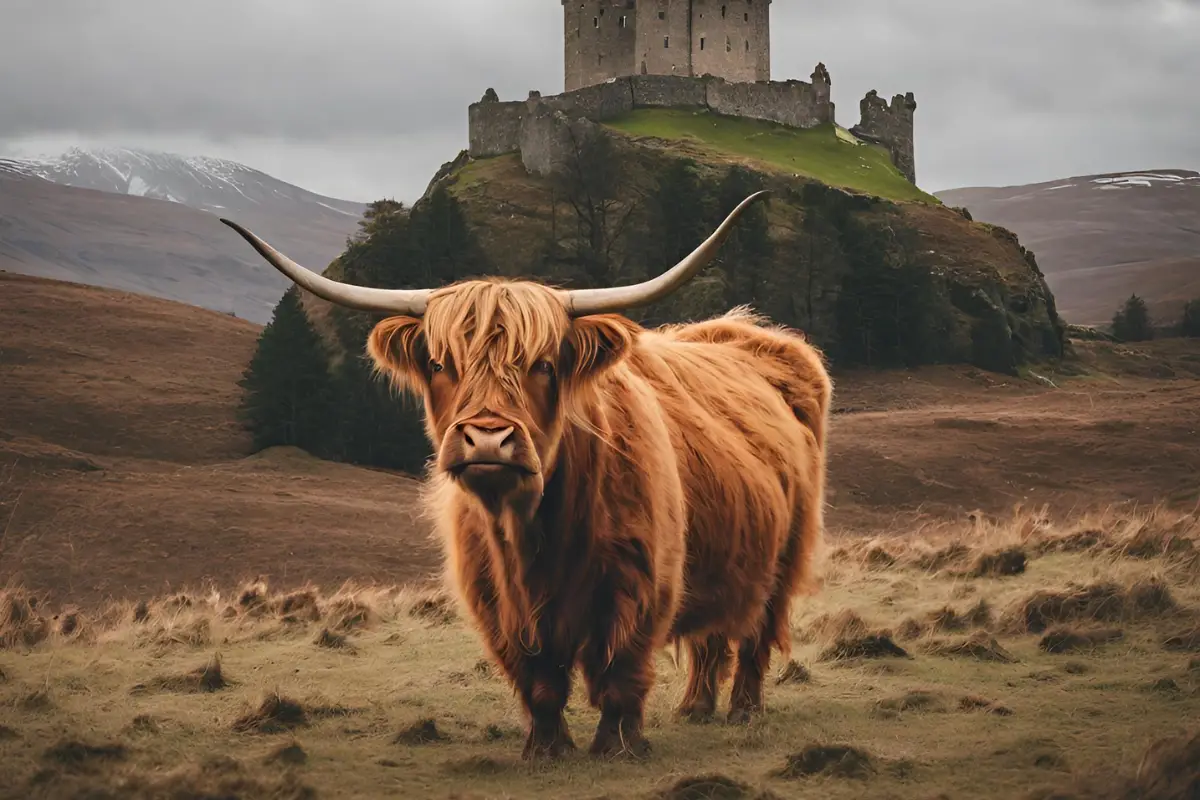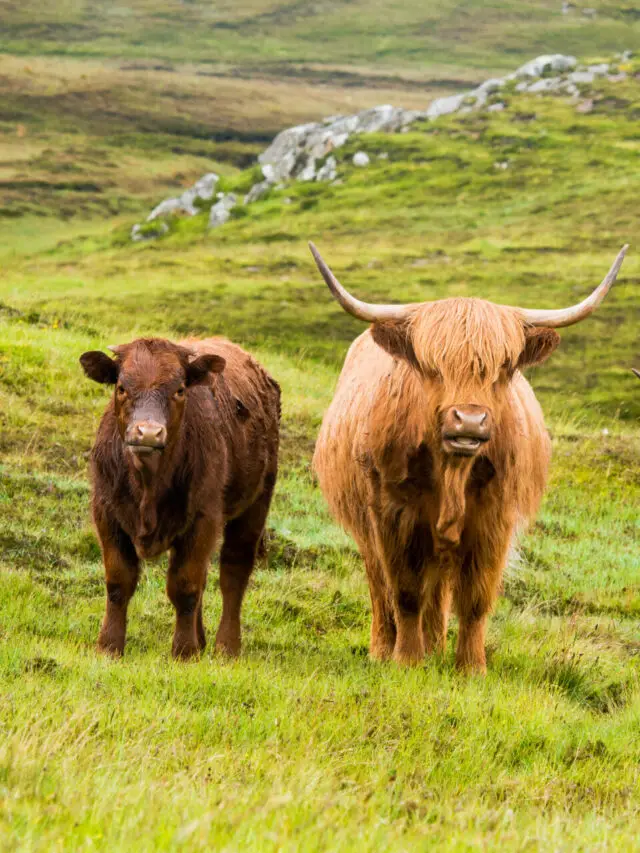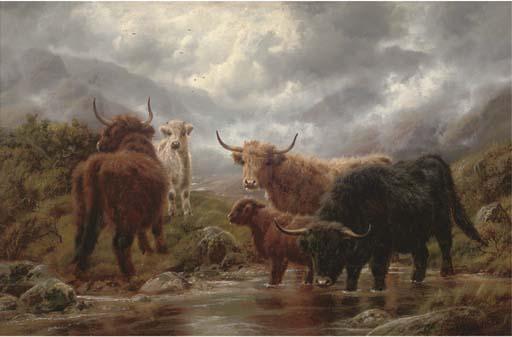Horns, Hair, and Heritage: The Remarkable Traits Defining Highland Cattle
Highland Cattle, a breed with a rich history, have distinct physical features that have been admired since the first Herd Book of the Highland Cattle Society, UK, was published in 1885. These features are still considered important today.
Head
The Highland Cattle’s head is one of its most striking features. It’s broad between the eyes and short from the eyes to the muzzle. A bushy forelock between the eyes adds to their appearance. Bright, full eyes show courage. The jawbones should be broad, and the muzzle short but wide. The horns are a notable feature, with bulls having strong, forward-leaning horns, and cows having squarer, longer horns.
Neck and Shoulder
The neck should be clear, without a dewlap, and form a straight line from the head to the shoulder in cows. Bulls have a distinct crest that enhances their masculine appearance. The shoulder should be thick and fill out towards the lower forearm.
Back, Body, and Hindquarters
The back should be well-rounded and straight, with no hollows. Ribs should be bold, rounded, and deep. The hips should be broad, and the quarters well-developed. The thighs need to be full, and the legs should be short, strong, and well-feathered with hair.
Long Hair
Highland Cattle should have long, wavy hair, especially on certain body parts. Curly hair is considered a fault. The hair tends to be more profuse and less curly in cattle that are more exposed to the elements. The usual colors include black, brindled, red, yellow, and dun.
Overall Health
A good herd should have a mix of colors, avoiding any that indicate poor health. The thickness of the skin is important, as Highland Cattle are naturally adapted to withstand harsh conditions.
These standards, set in 1885, highlight the unique and enduring qualities of Highland Cattle, a breed known for its robustness, distinctive appearance, and adaptability to harsh environments.








